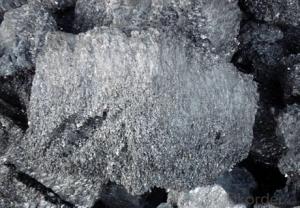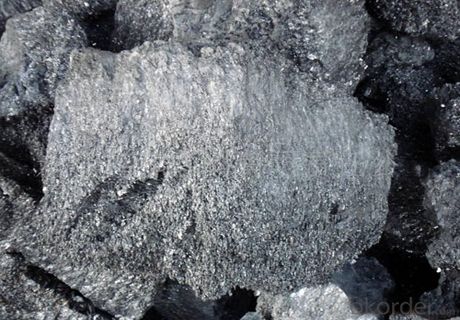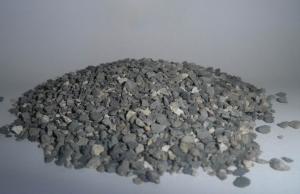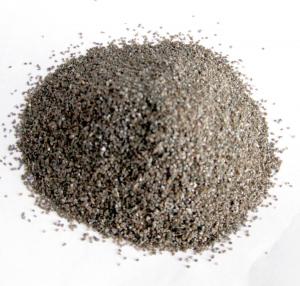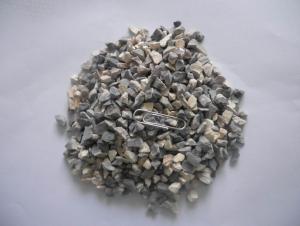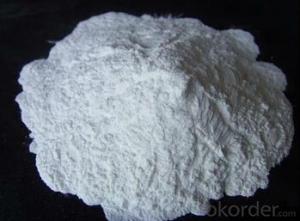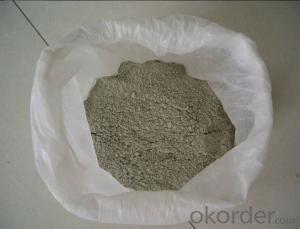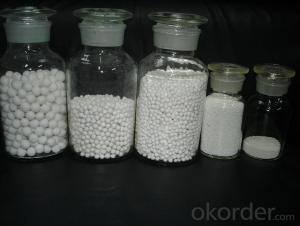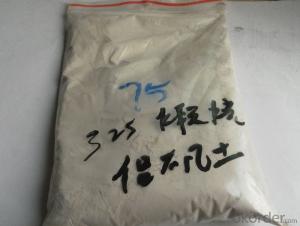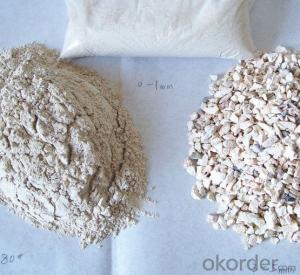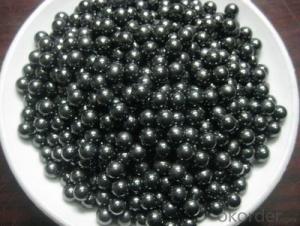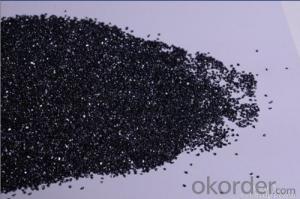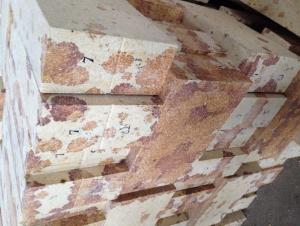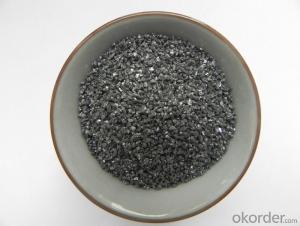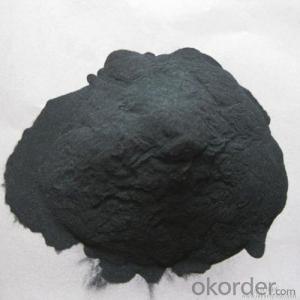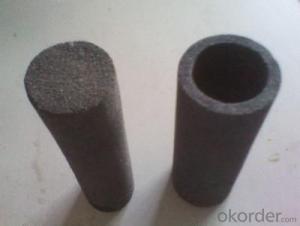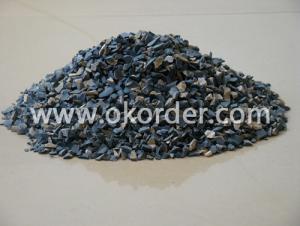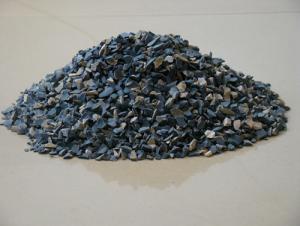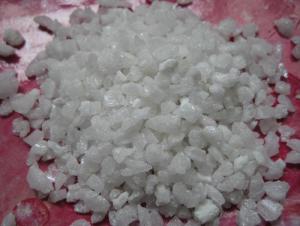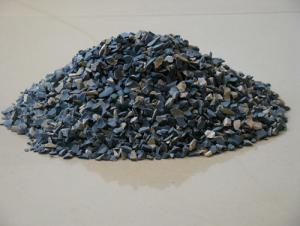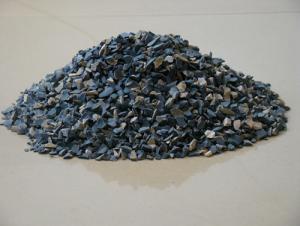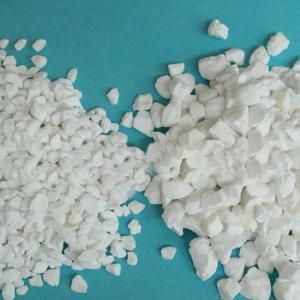High Strength Raw Materials for Refractory Silicon Carbide Bricks
- Loading Port:
- Tianjin
- Payment Terms:
- TT OR LC
- Min Order Qty:
- 500 m.t.
- Supply Capability:
- 5000 m.t./month
OKorder Service Pledge
Quality Product, Order Online Tracking, Timely Delivery
OKorder Financial Service
Credit Rating, Credit Services, Credit Purchasing
You Might Also Like
1. CHARACTERISTIC THE PRODUCT HAS HIGH STRENGTH,LOW THERMAL EXPANSION COEFFICIENT, GOOD THERMAL CONDUCTIVITY AND THERMAL SHOCK RESISTANCE, IT HAS GOOD RESISTANCE TO LIQUID ALUMINUM EROSION CAPABILITY, AND IT HAS HIGH EROSION ETC. IT IS WIDELY USED IN LARGE ALUMINUM ELECTROLYTIC CELL OF LINING MATERIAL. 2. PHYSICAL AND CHEMICAL INDEX 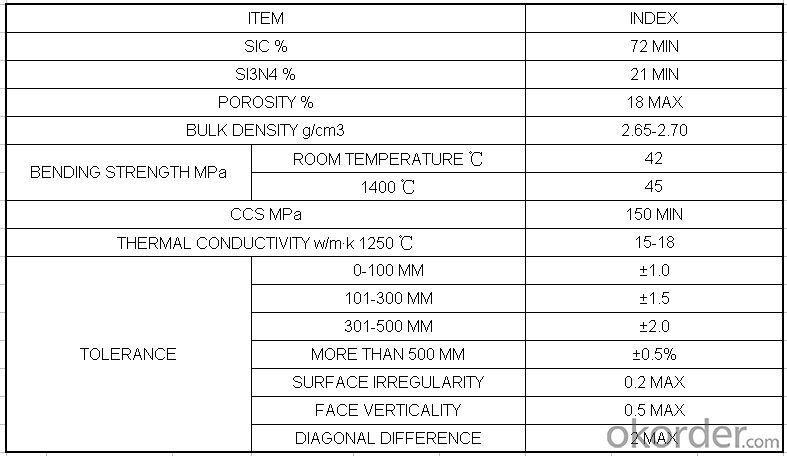
- Q: How long can gypsum board endure fire?
- General gypsum plaster board with a thickness of less than 12mm has a fire endurance which is less than half an hour. It is clearly stipulated in Clause 2.0.4 of "Specification of Fire-resistance of Decoration?Design in the Interior of Buildings" that "gypsum board, mineral?wool?board and acoustic board whose combustion performance reach at B1 grade installed on steel joists can be used as A-grade incombustible materials. Although the gypsum board is non-combustible material, we need to examine materials' stability in the face of fire and their fire retardant limits besides exmine their fire prevention standards. Fire retardant limit refers to the ability and time that materials can resist fire when encounting fire and taking palce changes.
- Q: What are the characteristics of thealuminium oxide refractory?
- Alumina refractory are characterized by uniform granularity, mobility, good dispersity. And it has good acid and alkaline slag erosion resistance, high strength, abrasion resistance, high melting point, erosion resistance , anti-flush and excellent thermal shock resistance.
- Q: Is the ball mill used in production of refractories?
- It will be used. It is used in the process of milling the raw material which is less demanding on technology and in relatively large amount. Is there lots of network marketing for refractory industry? Is the competition fierce on the Internet?
- Q: Which refractory material is better in China? Industrial furnace, mainly in non-ferrous industries, glass kiln, cement kiln business.
- Such solid nano microporous insulation material with nano inorganic refractory powder special, with a huge surface area, nano particles contact between the minimum point contact point contact thermal resistance is very large, the heat conduction effect of the material becomes very small, resulting in heat conduction coefficient of solid such nano porous insulation materials very small; nano pores formed of nanoparticles, the average size of 20 nm, and the average free path of molecular thermal motion at room temperature under static air is 60 nm, thus locking the air molecules in powder within nano pores, making the micro convection heat transfer effect between the stationary air molecules disappeared. The room temperature thermal conductivity of solid such nano microporous insulation material is lower than the static air; at high temperature, the main effect of heat transfer heat radiation, Good energy-saving insulation materials with nano microporous infrared additive special, stop at a high temperature and reflected infrared radiation, reduce the heat radiation effect to the lowest point, the radiation heat transfer coefficient of materials under high temperature is reduced to the lowest value.
- Q: How to determine the fire resistance rating of the aluminium-plastic?panel?
- Class A incombustible and thermal insulation material: inorganic active wall thermal insulation material, cement foam insulation board, glass bead thermal mortar, rock wool board, glass wool board, foam ceramics, etc. With many characteristics of low density, low thermal conductivity, high pressure bearing capacity, convenience of construction, economy and durability, A class incombustible material is widely used as thermal insulation material for heat pipelines, thermal equipment, other industrial pipe-line equipment and industrial buildings, and thermal insualtion and sound absorption material for the building envelop of industrial and civil buildings. Because of good thermal stability, it is more often used as fire-proof and protective coating material of the steel structure.
- Q: what is the specs of thermal insulation refractory slab ?
- fireproof?panel is also called refractory slab, which refers to a layer of veneer. Its thickness is generally about 0.8 mm and there is a veneer made after compression of surface layer of paper, colored paper and multilayer kraft paper. Wear-resistant, heat-resistant and fire-resistant properties, scratch resistant and easy to clean, rich colors and good stability.
- Q: What types of steel are silicious quicksand and chromium quicksand used in respectively?
- Chromium quicksand can be used in steel-making process that has longer refining time like LF, VD and RH, in stainless steel drainage and thin plate drainage agent. Silicious quicksand is used in short steel-making process, process that is less than 45 seconds or process without refining. You can consult Hua Heng for details or inspect it by yourself.
- Q: What's the A class fireproof and thermal inuslation matertial for external wall?
- First, external wall thermal insulation material: 1. silicate insulation material; 2. glue powder polyphenyl granule; 3. cement cystosepiment with the use of steel wire gauze (polystyrere); 4. extruded sheet; Second, roofing materials: 1. xps extruded sheet; 2. EPS foam board; 3. perlite and perlite brick; 4. vermiculite and vermiculite brick; Third, materials for heating power and air conditioners: polyurethane, rubberplastic sponge, polyethylene, polystyrene foam, glass wool, rock wool; Fourth, steel structure material: polystyrene, extruded board, polyurethane board, glass cotton lap felt, etc.
- Q: Is it normal for caable fire resistant material to catch on fire?
- Abnormal; aging is certainly one of the cause of the fire. That is caused only because of poor insulation and aging caused by short circuit, but a more important reason is configuration of air switch does not meet the requirements. If the capacity of air switch equals that of the cable, trip will happen at the moment when current is overloaded, not causing a short circuit or over current fire.
- Q: Who knows what fire heat preservation material are there?
- It can be realized through inorganic insulation materials, such as glass wool, rock wool, foam glass etc.. The phenolic foam materials inside organic foam material is more special. Phenolic foam does not only have a good thermal insulation performance, but also can be combined with steel and other materials, to achieve a class A fire retardant level. Class A thermal insulation include: Rock (ore) cotton, foam glass, inorganic thermal insulation mortar, etc.. 1 thermal insulation materials with class A combustion performance Phenol, powder polystyrene particles etc.. Fire insulation materials of fire barrier zone can use class A material with class A combustion performance in rock (ore) cotton, foam glass, inorganic thermal insulation mortar. Hope my answer will help you.
Send your message to us
High Strength Raw Materials for Refractory Silicon Carbide Bricks
- Loading Port:
- Tianjin
- Payment Terms:
- TT OR LC
- Min Order Qty:
- 500 m.t.
- Supply Capability:
- 5000 m.t./month
OKorder Service Pledge
Quality Product, Order Online Tracking, Timely Delivery
OKorder Financial Service
Credit Rating, Credit Services, Credit Purchasing
Similar products
Hot products
Hot Searches
Related keywords
